Fife author Lenny Low says his late father was to blame for the publication of his 2006 book The Weem Witch.
His life was dedicated to nothing less than an exploration into the “great labyrinth of history”.
That could range from investigating old cairns on the Western Isles to mapping out Bronze Age graves around his home county of east Fife.
Sadly, Lenny’s father never had the chance to see any of his grand children come into the world, dying at the age of 60 from a sudden stroke.
But when his passing left a vast library of books, it also rekindled Lenny’s interest in local history.
He read about famous figures from Fife’s past including Scottish admiral Sir John Wood from Upper Largo.
He read about Alexander Selkirk, from Largo, who’s real life stranding on a remote island inspired Daniel Defoe’s Robinson Crusoe.
But as he continued his research, the local heroes faded away and a darker, more malevolent side began to emerge.
How Lenny Low started to find out more about Fife’s ‘witches’
He started reading about ‘witches’ being persecuted in the coastal villages of Fife amid a tide of religious paranoia and persecution.
The phenomenon was widespread throughout Europe from the early 15th until the early 18th centuries.
But commonplace or not, he became especially interested in the 4,400 trials in Scotland and the at least 1,500 executions, including many in the East Neuk of Fife.
Pittenweem had three major outbreaks.
In 1643 and 1644, the accused were treated as was customary by Scotland’s laws at the time.
The standard treatment of confessed witches was to burn them.
The third and last documented outbreak of witch hunting in Pittenweem started in 1704.
It was this episode which largely inspired Lenny’s book, The Weem Witch.
To be declared a witch didn’t require much.
The accused women and occasionally men were usually the elderly who lived alone, or had suffered some physical and disablement since birth, such as having a hare lip, or being lame, deaf, dumb or blind.
Others would be the argumentative, bad-tempered fishwife type – basically someone who stood out from others.
Now, as the fourth reprint of The Weem Witch is published in time for Halloween, Lenny has been thinking back to his efforts to get the first version of the book published.
How did Lenny go about getting his book published?
“All those years ago around 2003, I was 36 years old and walking through the dark alleys of Liverpool Street, London, in pursuit of a book publisher,” he said.
“Steve Savage publications had his office situated somewhere towards the Truman Brewery area.
“I wore a long sleeve black short with matching black tight jeans and very pointed shoes.”
Lenny recalled how he got his 10 minutes with Savage.
He told his story there and then with confidence and clarity.
After bringing the story to its dramatic end and waiting for Steve’s judgment, Steve exclaimed: “Is this story fiction?”.
Lenny explained that it was all true and had come from some very rarer 18th century pamphlets and parish diaries.
Steve said to him “If you can write that story as well as you can tell it, I would be very interested to publish it”.
He gave no timescale for publishing. But his encouragement was all Lenny needed.
Putting his usual pastimes of night-time pub visits and concerts on hold, Lenny got down to work, taking around 18 months to finish a draft.
Before long a contract was signed, and the first books hit the shelves, proving to be a hit.
However, Lenny recalls how after the first publication, he also received “hate mail”.
Why did Lenny receive ‘hate mail’ for writing The Weem Witch?
“This journey started as a personal revulsion over the witch hunts that took place so close to my village of Upper Largo and that I knew so little about,” he said.
“The hatred of what I had exposed was about to be revealed.
“But letters came to newspapers and phone calls to myself fiercely objecting to the subject I had written about.
“They were parish ministers calling my stories lies.
“Living in London at the time I hit back via the newspapers, explaining the information they so duly reported as lies, actually came from their own parish records.
“It was a shame that their outraged selves had not read the index which listed their records as my source of information.”
Lenny has continued campaigning for Fife’s ‘witches’
In the years since, Lenny has been involved in various campaigns to have the innocent ‘witches’ remembered.
He has also had six other books published.
With Steve Savage having since retired, the latest reprinted and updated of The Weem Witch has been published with Guardbridge Books instead.
What the new edition of the book does, he says, is updates the story with a look at the places involved as they are today, and adds events and discoveries occurring since its first publication.
For example, a street in St Monans has since been named Maggie Morgan Drive after one of the accused.
In 2019 he was also contacted by a groundsman at Balcaskie Estate who thought he might have found the remains of a witch who had been given a topsoil burial.
In 2022 the Scottish Government brought forward an apology to the many people of Scotland who were prosecuted and persecuted as witches after much campaigning.
This was closely followed by an apology from the Church of Scotland.
Meanwhile, there’s been debate over a huge mural on the wall of the Larachmhor pub in Pittenweem.
The fourth edition of The Weem Witch by Leonard Low, published by Guardbridge Books, is out now priced £12.
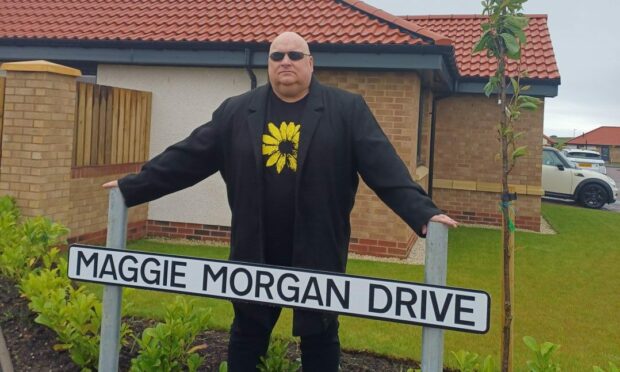
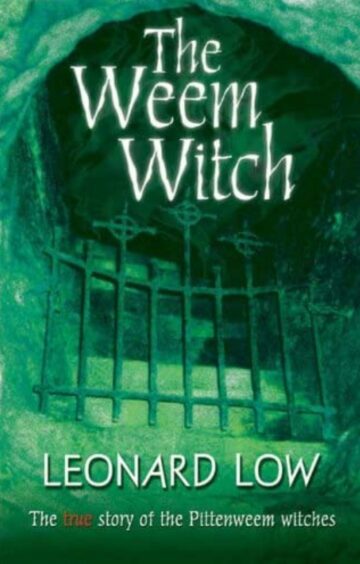
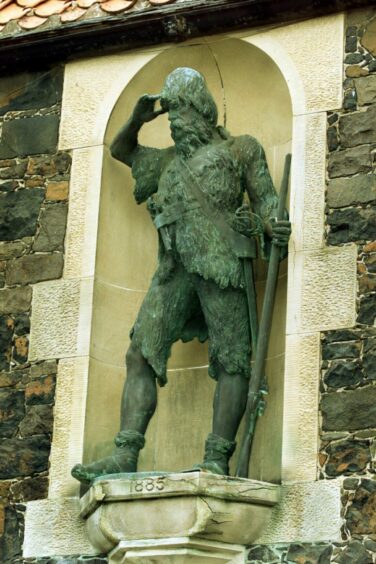
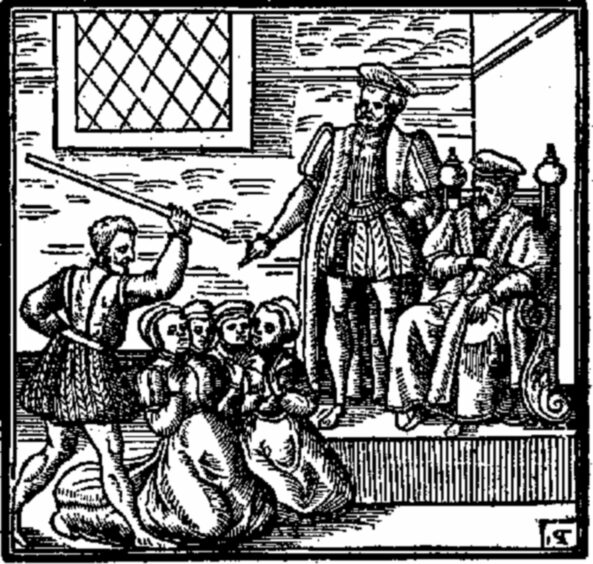
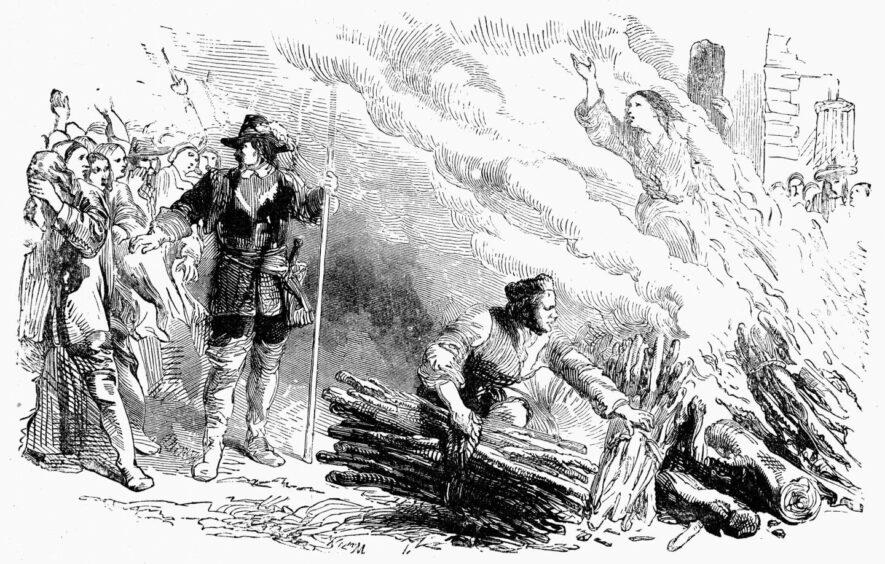
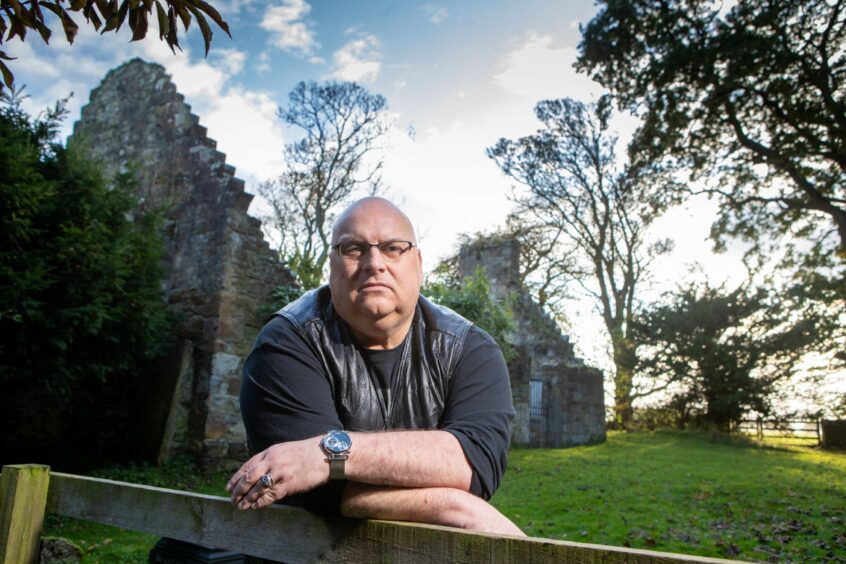
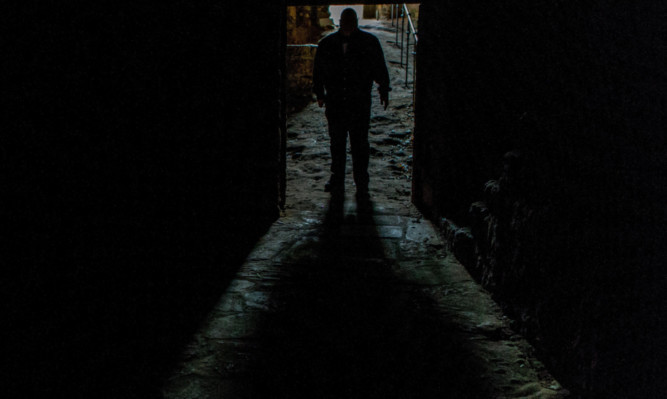
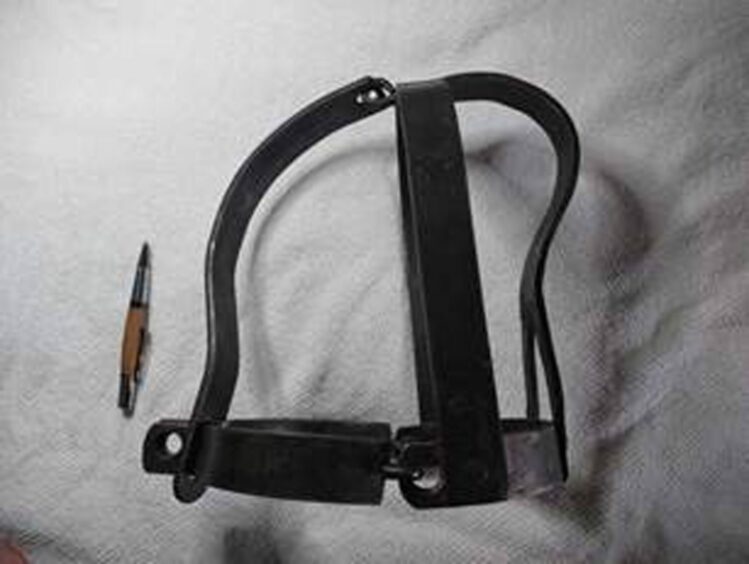
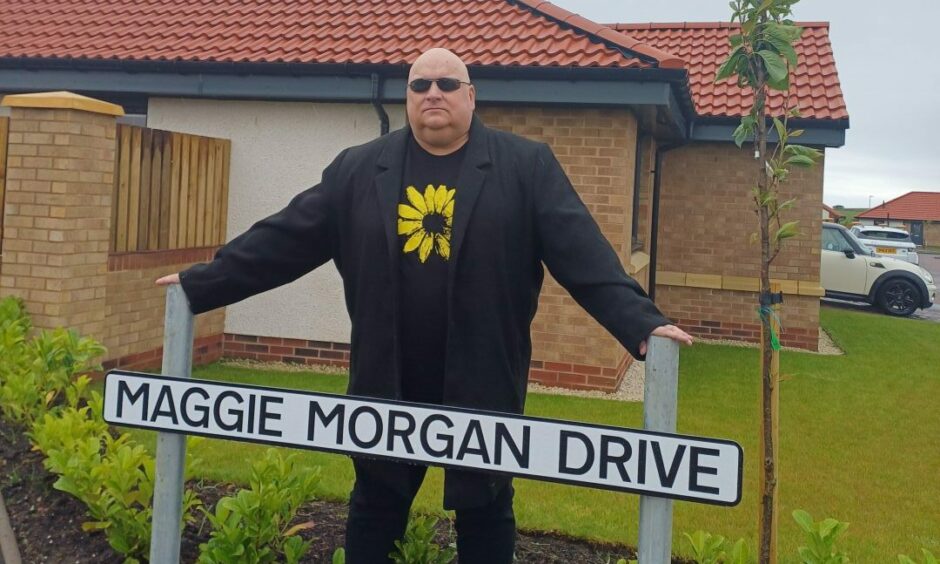
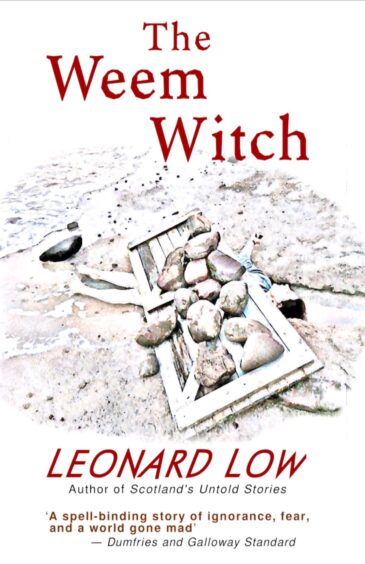










Conversation